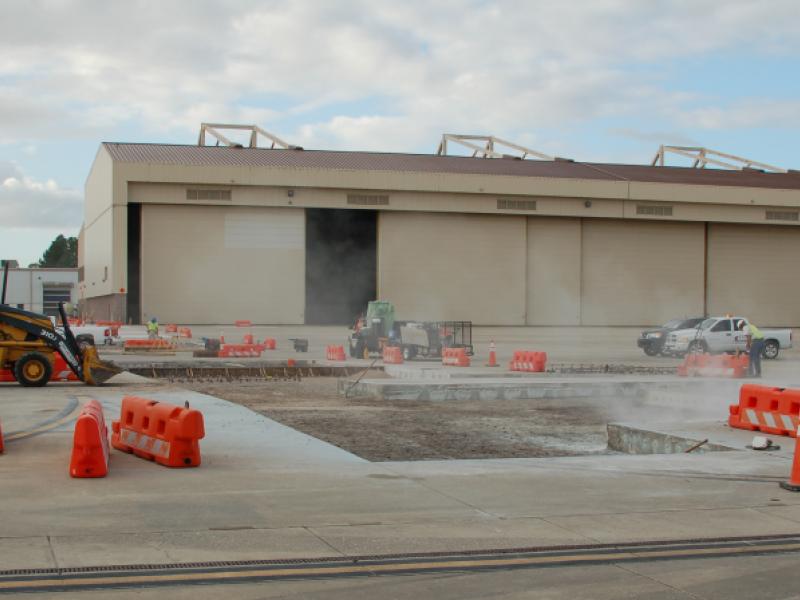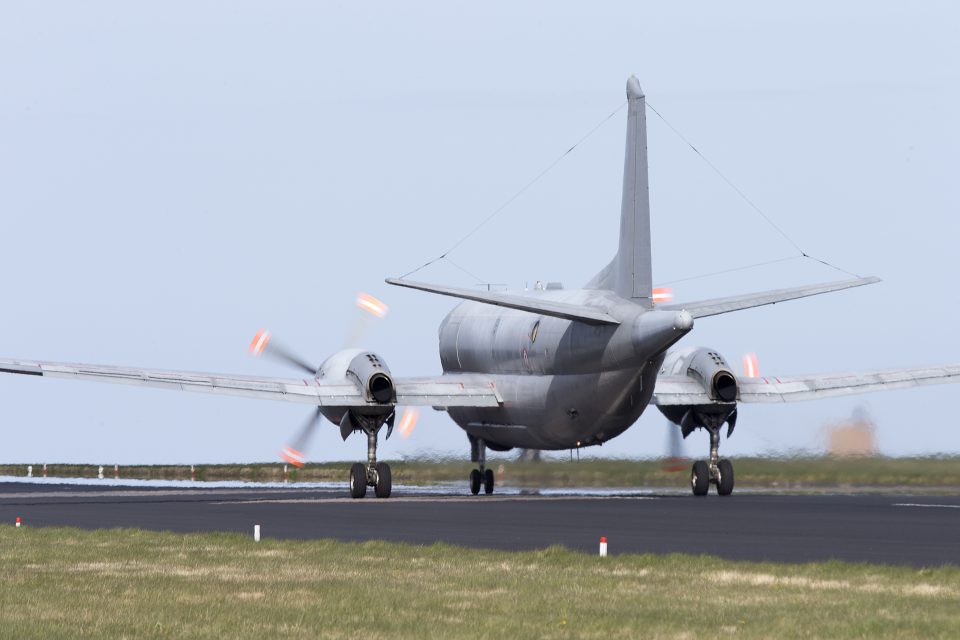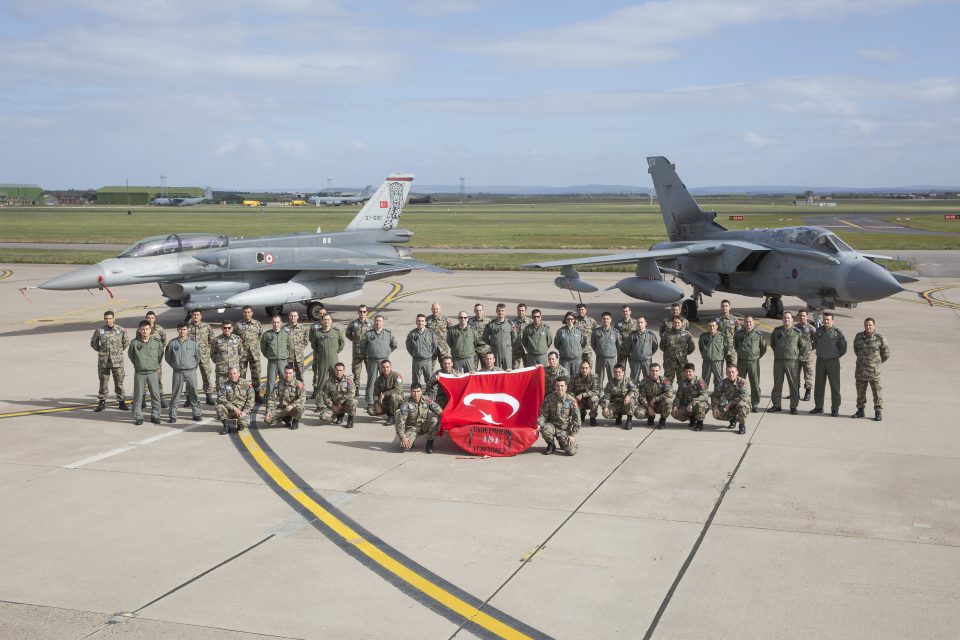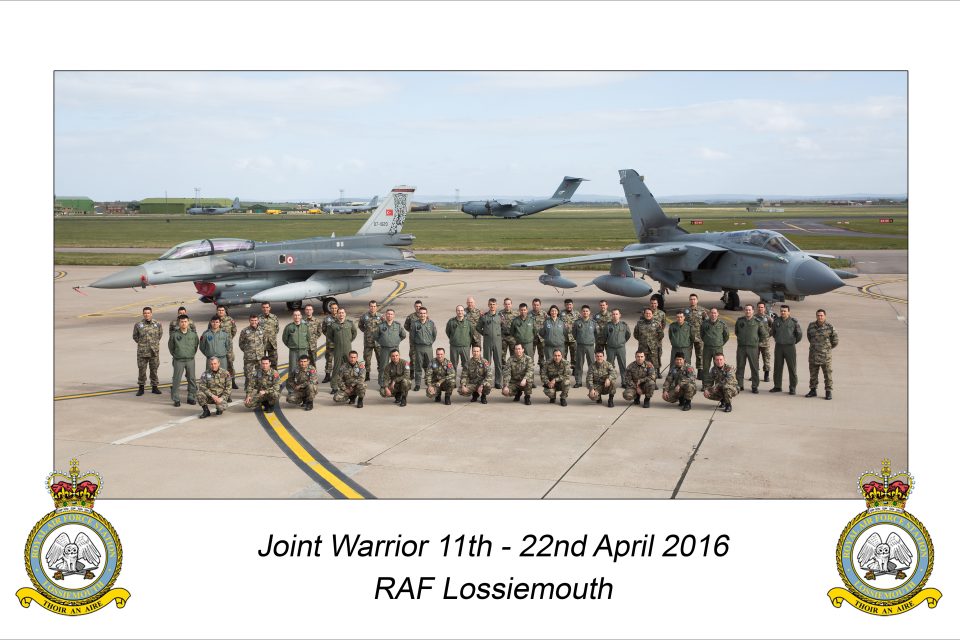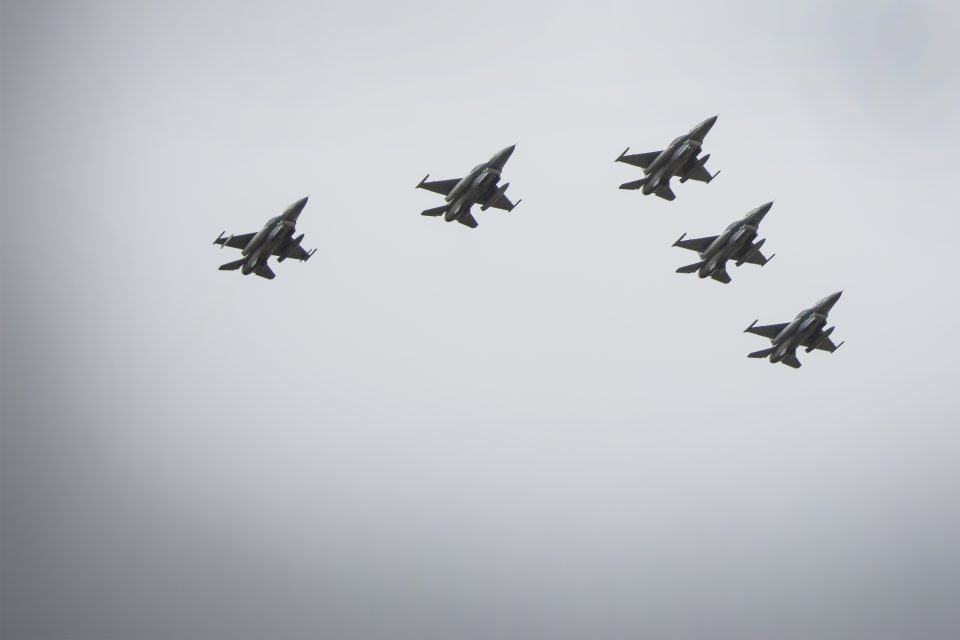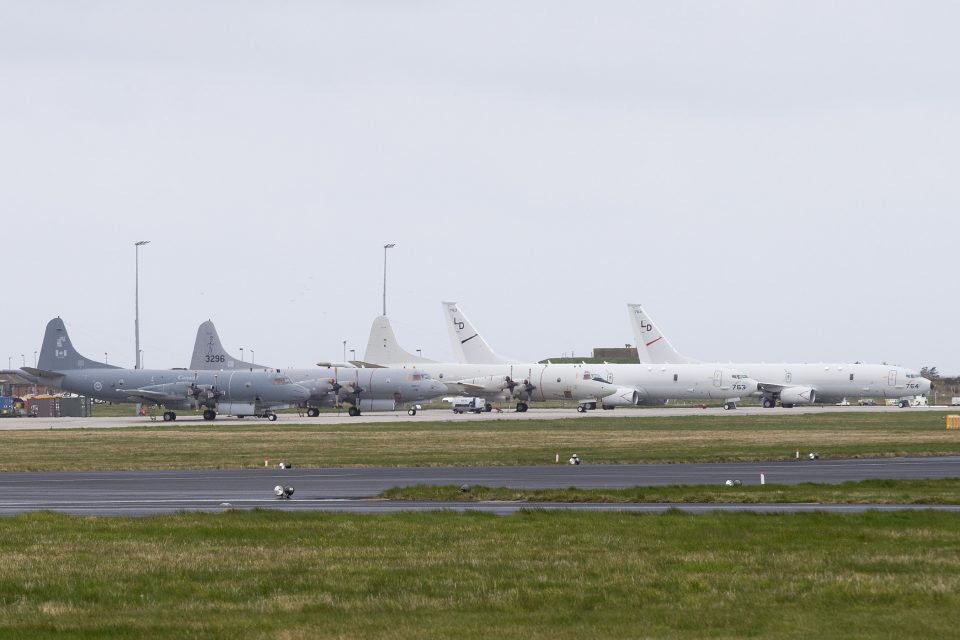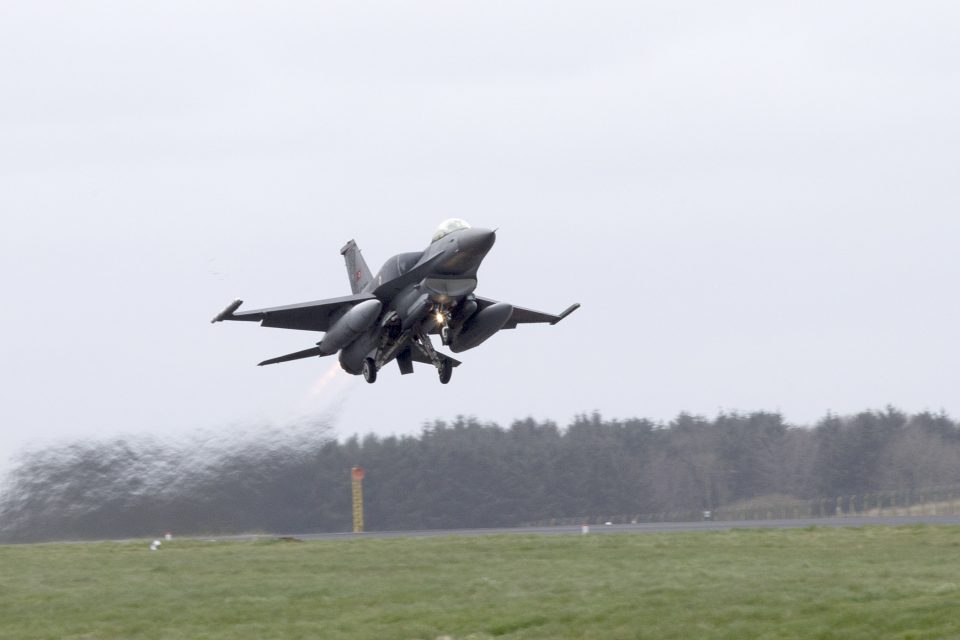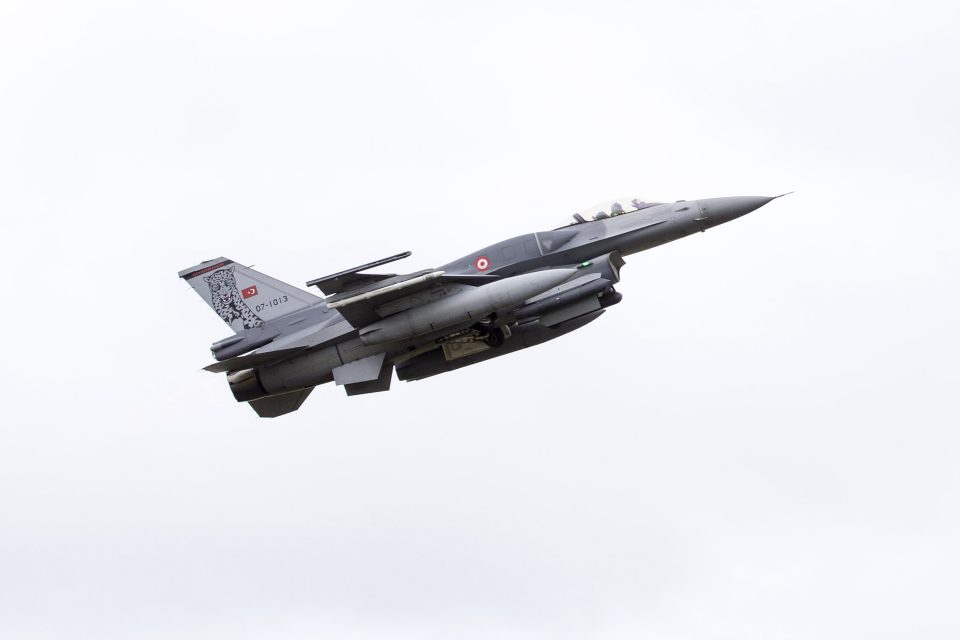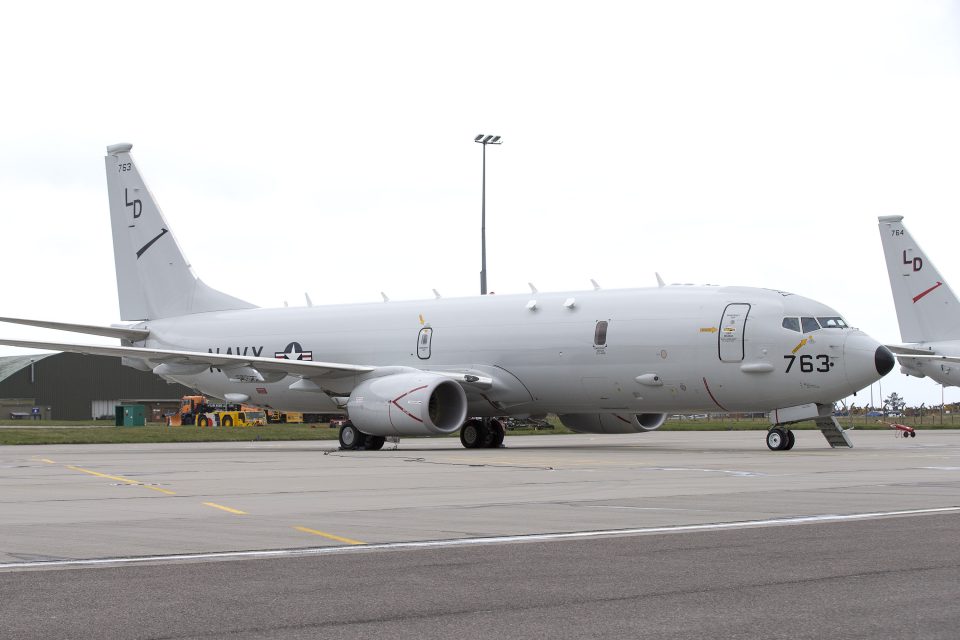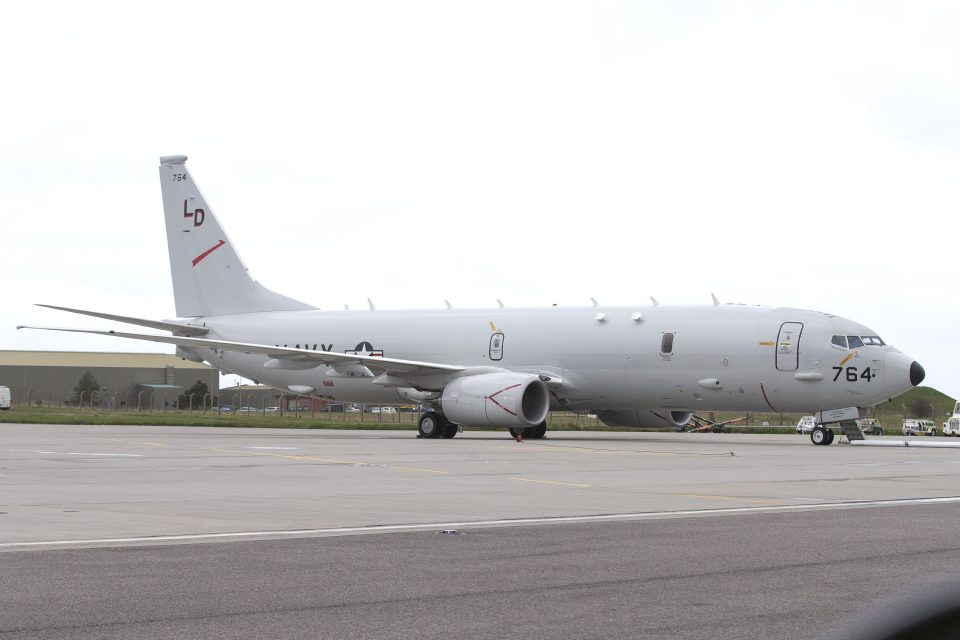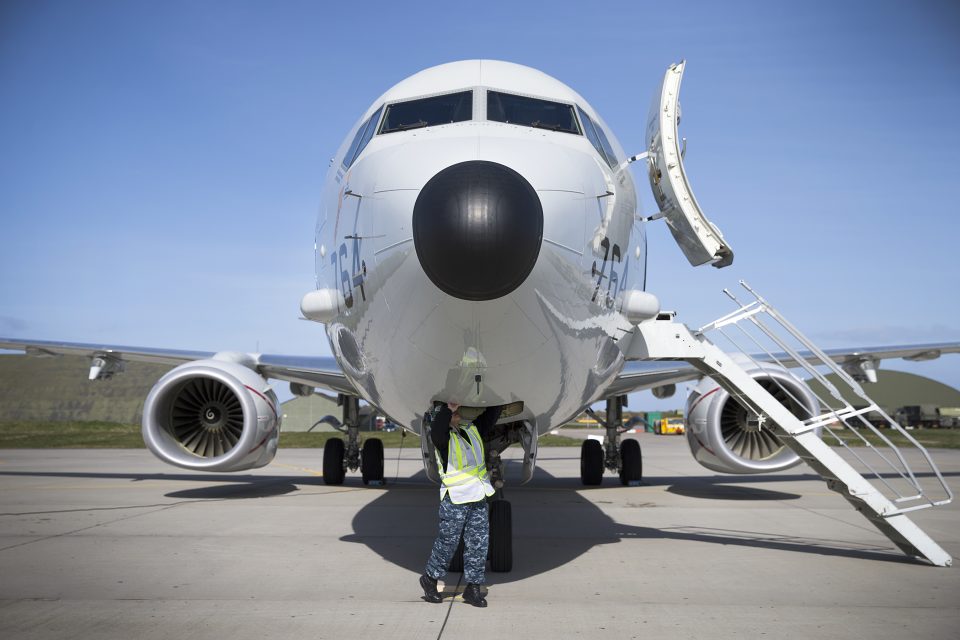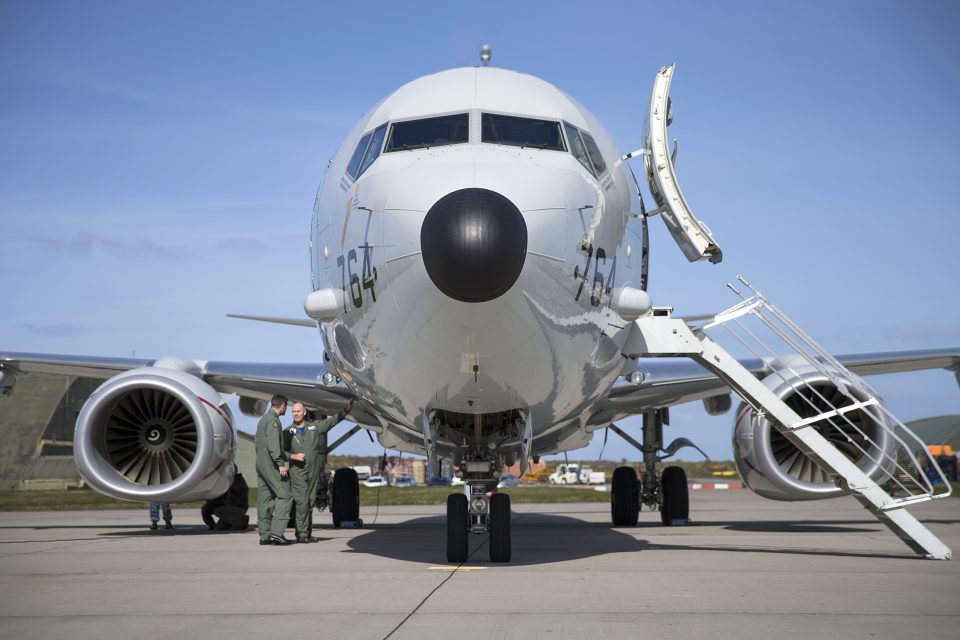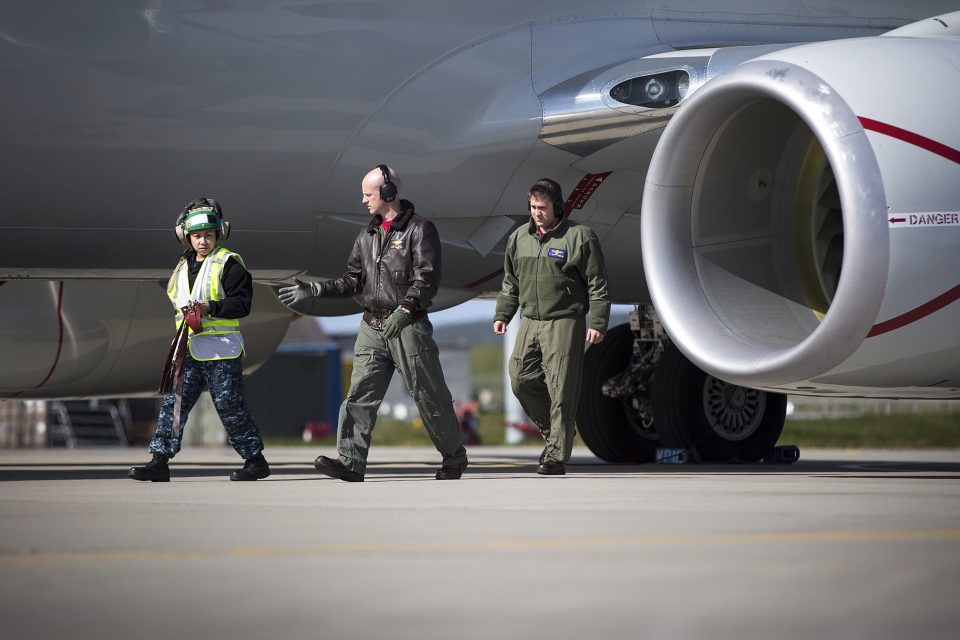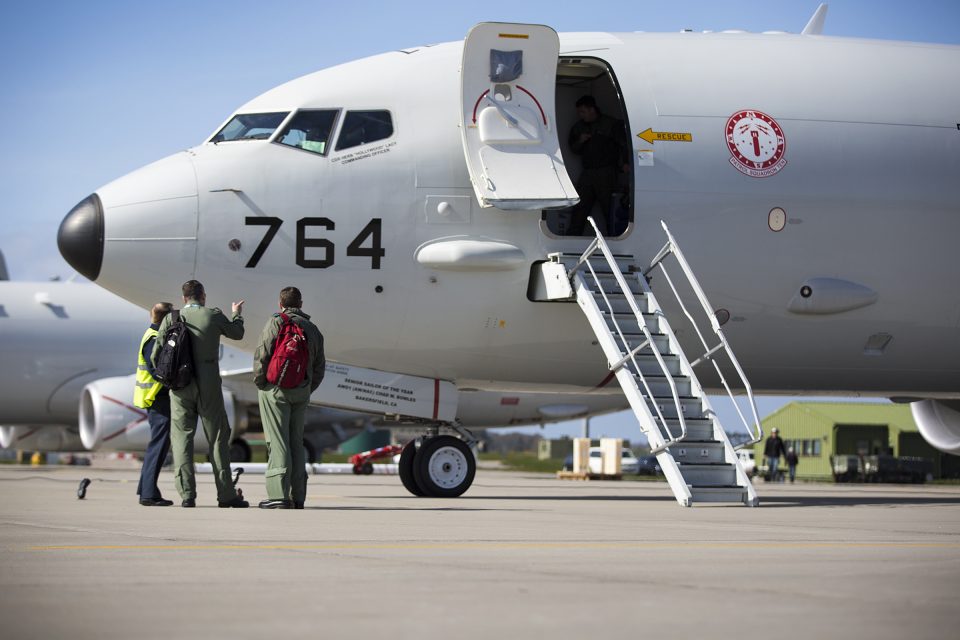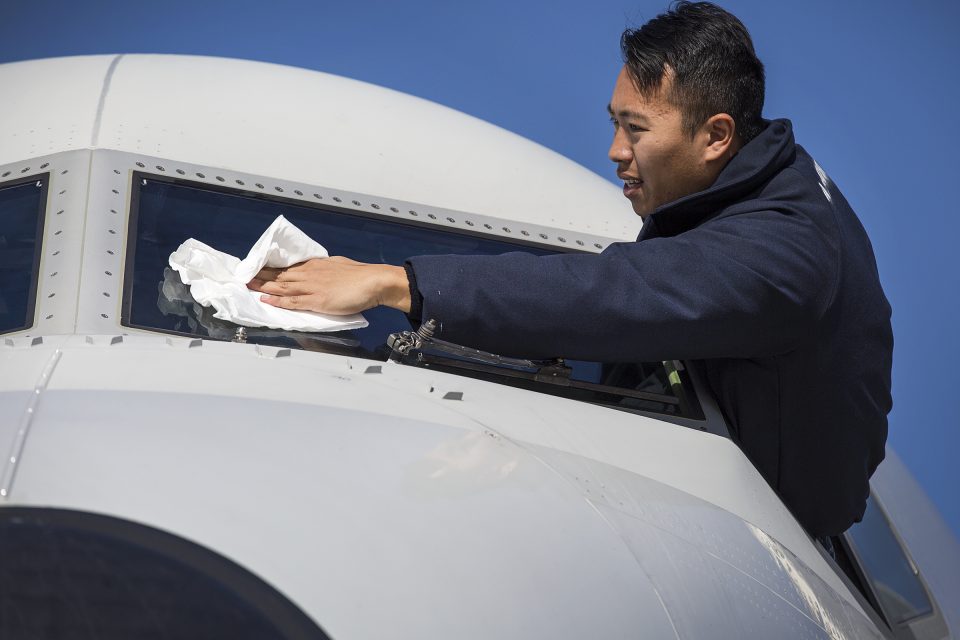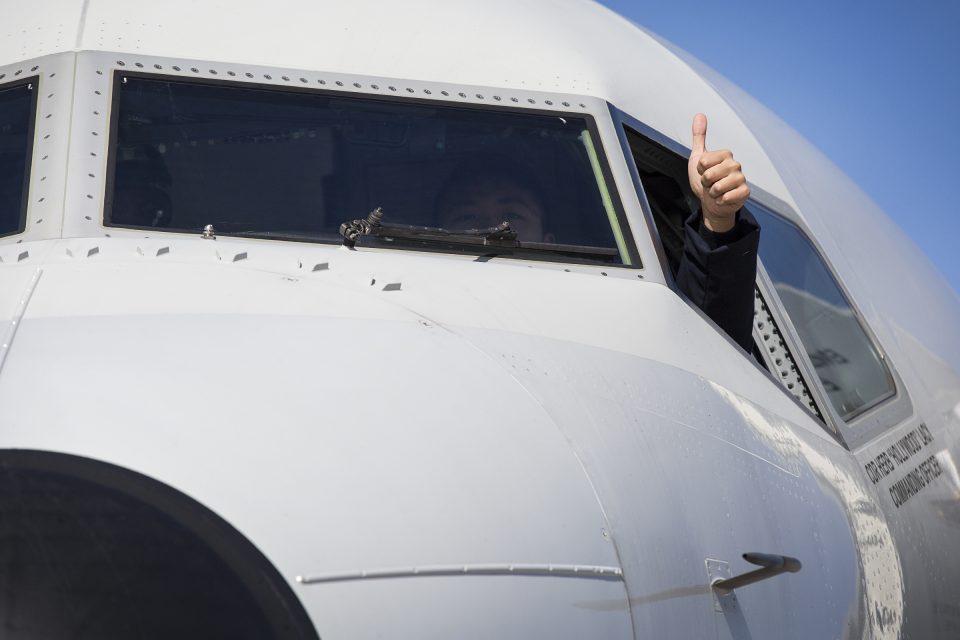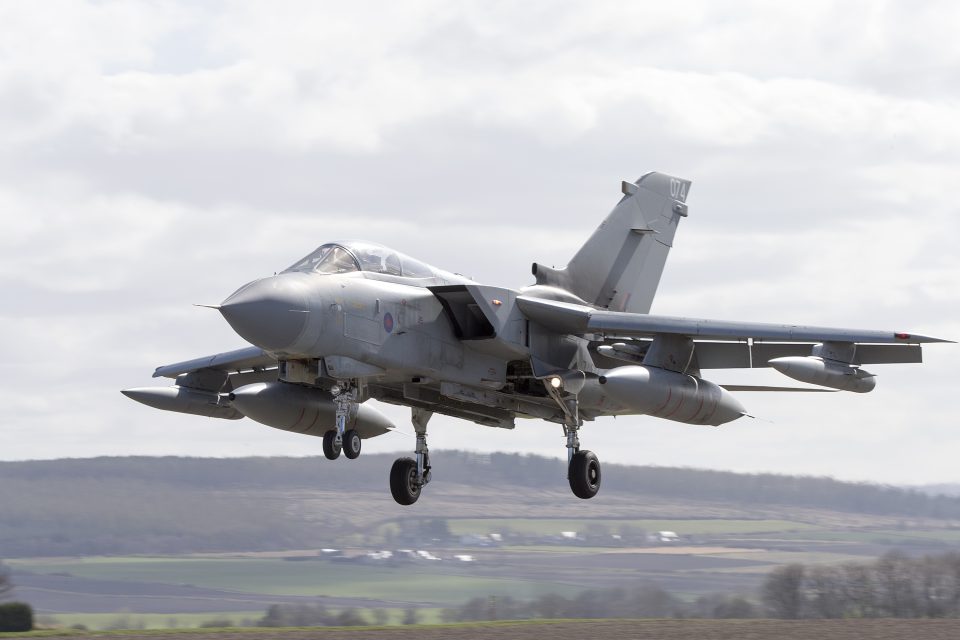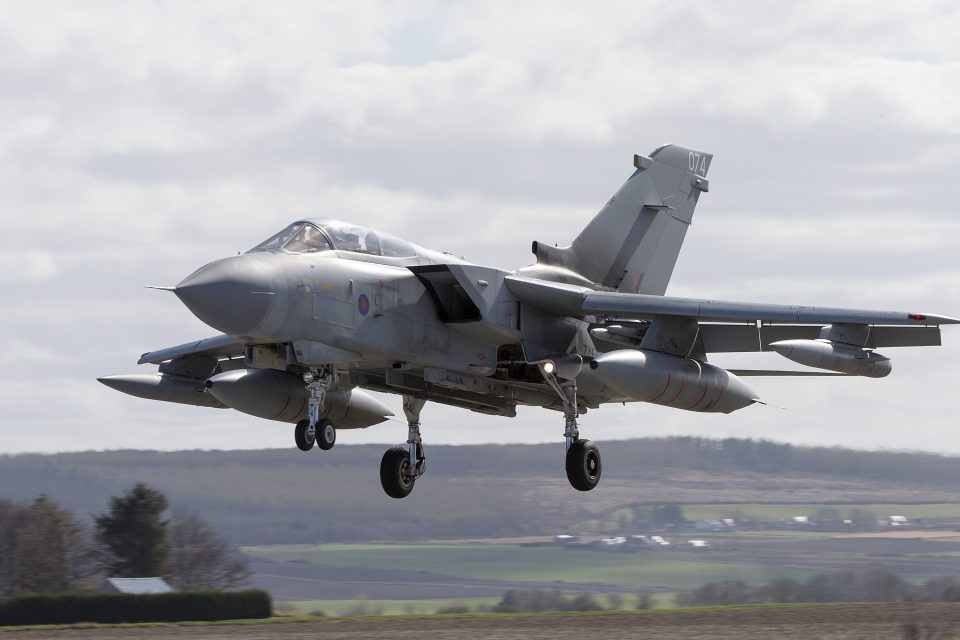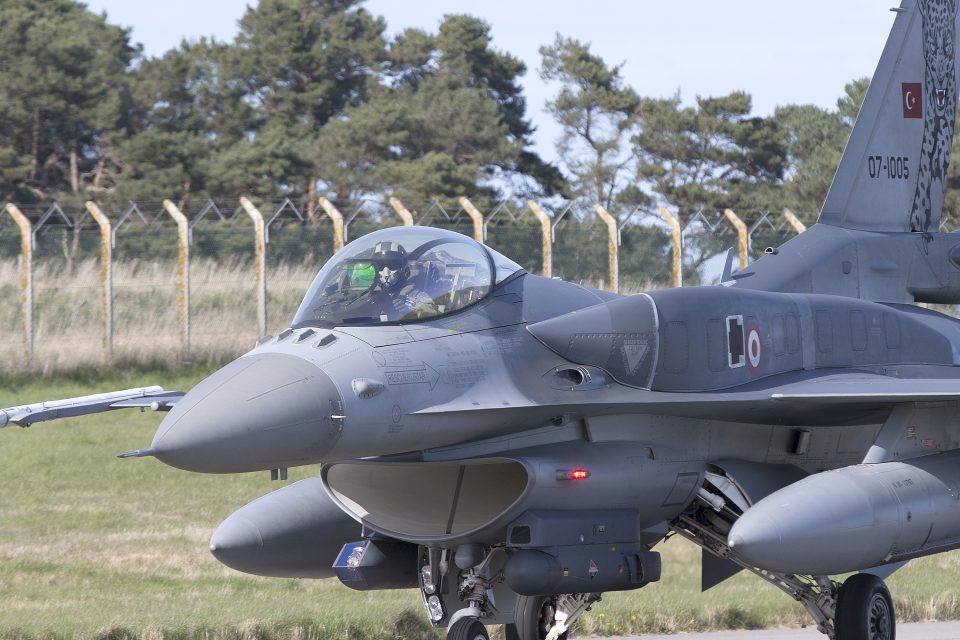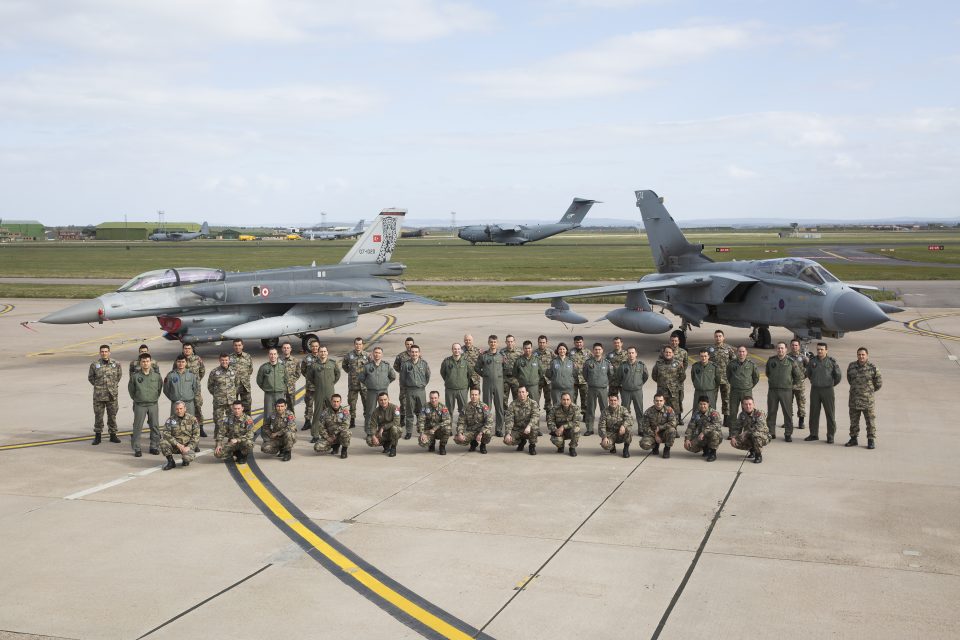2016-07-14 By Robbin Laird
The P-8, which is a Maritime Domain Awareness Strike capability, is coming to RAF Lossiemouth.
This is part of the transition for the base becoming a 21st century air base positioned in the North of the United Kingdom and positioned in a key area for the defense of the United Kingdom and for NATO.
With Putin firing 50 officers in the Baltic fleet, in part, for not being aggressive enough, one does not have to imagine how important managing tensions in this part of the world is going to be.
RAF Lossiemouth currently is a Typhoon and Tornado base, but with the Tornados to be phased out within the next few years, the Typhoons will be joined by the P-8s.
This provides the opportunity to integrate the Typhoons with P-8s with the F-35s, which will operate off shore from the new carriers or, in other words, shaping a kill web to protect the homeland and to anchor the defense of the Northern NATO countries.
In effect, Lossie will train to support the formation and evolution of a 21st century combat force in which a multi-mission combat fleet of Typhoons will work with the maritime-focused but land-based capable maritime combat system which is the P-8, and which, in turn, will work with the multi-tasking flying combat system which is the F-35.
According to an article by Ben Hendry in The Press and Journal published on July 13, 2016:
The UK Government has purchased a fleet of nine P-8 Poseidon aircraft, each worth about £150million, which will be based at Lossiemouth.
And the Ministry of Defence (MoD) has entered a partnership with US aircraft manufacturer Boeing to create a £100million training centre at the Moray base.
More than 400 new personnel will be stationed at Lossiemouth to operate the aircraft, and 100 more will be recruited to serve in the support centre.
The estimated cost of developing the planes could reach £3billion over the next decade…..
As part of a historic agreement with the UK Government, Boeing has decided to create a £100million complex at RAF Lossiemouth, which it will use as its main training base for pilots across Europe.
The building is expected to open in 2019, in preparation for the first of the Poseidon craft arriving in 2020.
Yesterday, RAF Lossiemouth confirmed that high-ranking officers would spend the summer months mapping out how the huge facility will be sited in its grounds.
The RAF has kept skill sets alive after the decision to retire the Nimrod Maritime Patrol Aircraft in 2011.
To do so, the MoD has set up a “seed corn” program to support skill sets without actually having a relevant UK plane.
This is challenging, but NATO exercises have played their part.
And the Joint Warrior exercises held at RAF Lossiemouth have been part of the solution whereby former Nimrod operators have been able to fly on allied planes to keep their skill sets current. But it is challenging to have cutting edge skill sets and fly on someone else’s plane episodically.
This will no longer be the case as the RAF trains its own personnel for the P-8 experience both in Jax Navy and then at RAF Lossiemouth.The new training center at Lossie will be an important contributor for the effort as well.
But these skill sets will be different from those shaped by the Nimrod experience.
As Wing Commander Paul Froome OC XV(R) Squadron put it in an interview in April 2016 during a visit to RAF Lossiemouth:
“The P-8 is clearly not Nimrod.
“If we think that we’re going to take an old-fashioned air electronics operator, and use him in the same way on the P8, we’re missing a trick.
“We need to be developing the crews now to be maritime warfare operators, not electronic operators, and radar, and wet and dry, we need to be thinking bigger than that.
“If we don’t, then you end up making problems for your F-35, your Typhoon, your P8, your Reaper, your Son of Reaper.”
And during that same visit, there was chance to discuss the coming of the P-8 to the RAF.
The key RAF officer involved had met with a Navy Captain who had deployed with the P-8 to the Joint Warrior exercise.
During that meeting, the RAF officer highlighted that he was very impressed with the aircraft and very interested in the weapons hard points on the aircraft and their potential for operating in the North Atlantic.
It turns out that the USN Captain involved was none other than Captain Robinson, Deputy Commander, Patrol and Reconnaissance Wing ELEVEN, whom we interviewed later at Jax Navy and at the time remembered the exchange well and in his train and equip role was talking with the Brits about future infrastructure for support to the P-8.
Captain Robinson had worked earlier for Admiral Gortney who in our interview with him had highlighted the threats at the 10 and 2 O’Clock to North America, and when at Joint Warrior, Captain Robinson was operating in the 2’Oclock.
There is a chance to shape a much broader interlocking defense system with the Northern European states, which after Brexit, might be even more important to UK defense thinking.
Norway is interested as well in the P-8 which then create a significant interlocking force. For Norway, because the P-8 is not a P-3, they would benefit from seeing much deeper into the maritime space to protect their interests.
With the P-8, unlike a Nimrod or a P-3, it is not just about flying to an area of interest and patrolling it.
When you take off with the P-8 you link into the data network and are on station when you take off.
You are flying in the area of interest from the moment you take off from RAF Lossiemouth.
Another reason why RAF Lossiemouth may have been chosen is that it is home to a 24/7 Quick Reaction Alert Typhoon squadron and as such is positioned to operate the P-8 in a 24/7 manner as well.
The slideshow above shows the the various aircraft operating at RAF Lossiemouth earlier this year during Joint Warrior 16 and the photos are credited to the RAF.
For a copy of our new Special Report focused on the P-8/Triton dyad, see the following:
The Arrival of a Maritime-Domain Awareness Strike Capability: The Impact of the P-8/Triton Dyad


